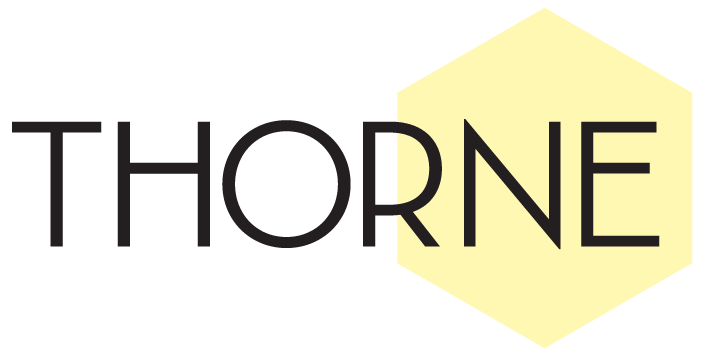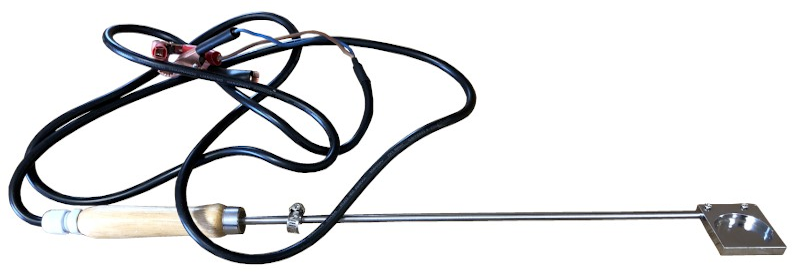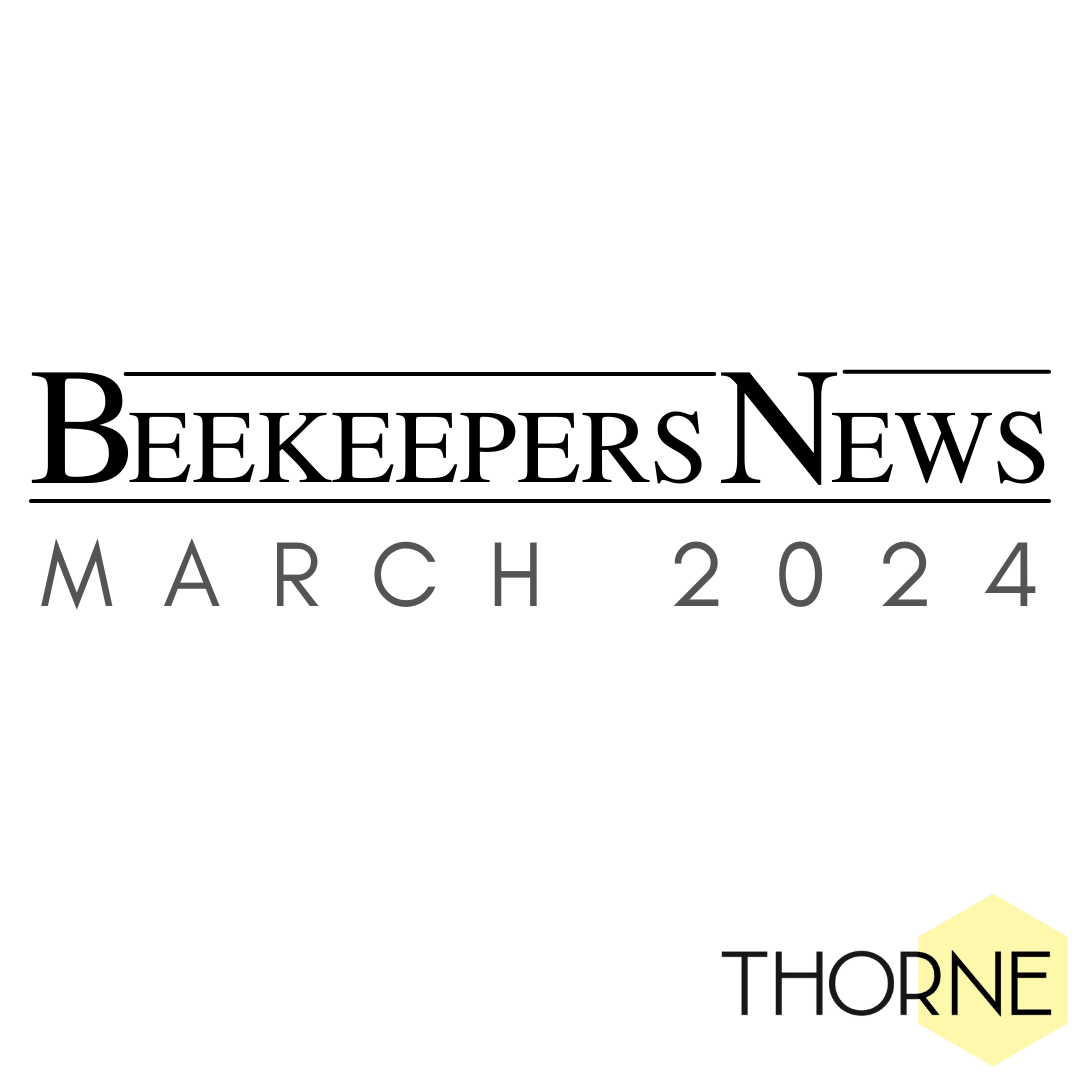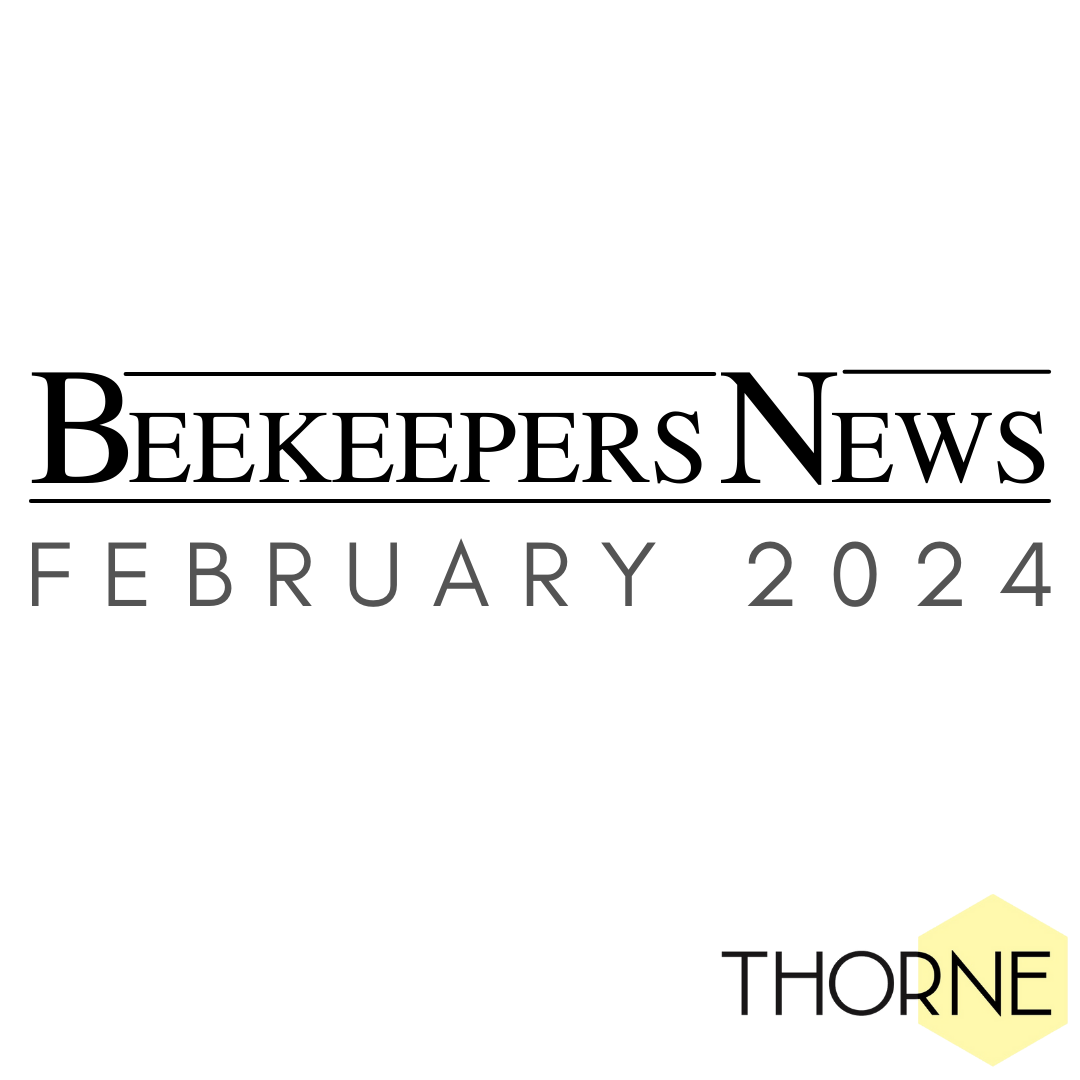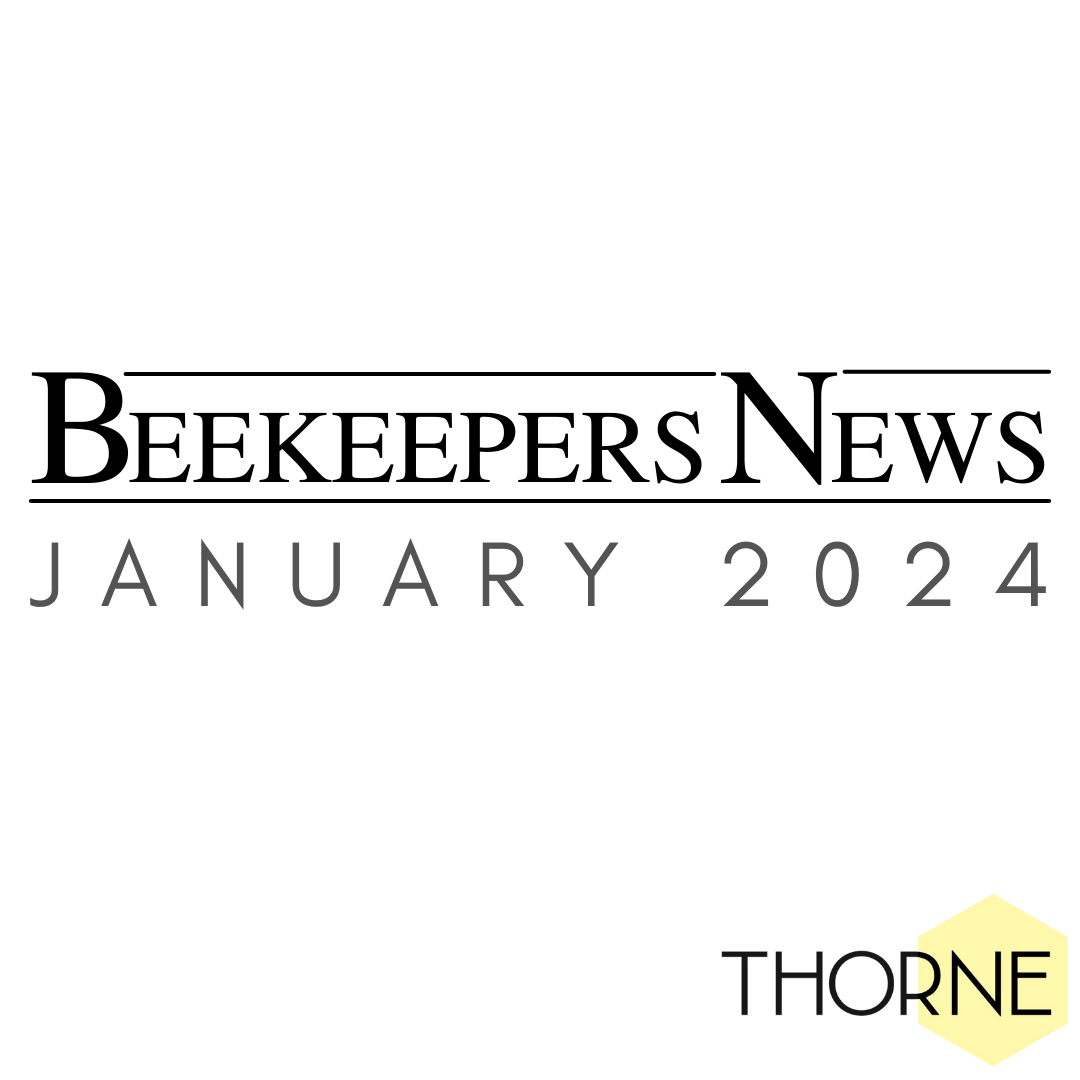November Roundup
After the hectic schedule of sale days and shows in October, November is always a month to consolidate and really concentrate on building up stock for the new year.
We also set about various maintenance jobs at our head office at Rand and are starting to prepare for the move across the road for the new shop in Windsor.
The Christmas rush seems to get earlier and earlier every year and we are seeing many presents being ordered. If you aren’t sure what to buy that special beekeeper in your life, we do have Gift Vouchers or emailable Gift Certificates available. These do not have an expiry date and can be redeemed in our shops or online.
Late in October we heard the sad news of the deaths of Philip McCabe and Bill Mundy. Paul (our MD) has written down a few of his memories of both of these gentlemen beekeepers at the end of this newsletter.
Equipment Focus………
We last featured this piece of equipment a couple of years ago, but at this time of year it is certainly worth mentioning our Vapmite again.
As the days get shorter and the temperature drops, the beekeeper’s focus turns to overwintering the hives and specifically the winter varroa treatment.
Research shows that oxalic acid sublimation is the most effective way to treat the bees; superior to either the trickling or spraying method.
Our affordable, newly designed Vapmite may just be for you. Now with a chrome plated steel pan and two fixings to securely attach the pan to the shaft, the Vapmite is only £35.
Simply place 2.3g of oxalic crystals (e.g. Api-Bioxal) in the pan, seal the hive with a foam closure and attach to a 12V battery. Vaporising will take approximately 3 minutes.
Why not try the Vapmite with our Adapta Eke and clear polycarbonate observation panel? Vaporising Oxalic Acid treatments from above is becoming more and more popular. The fumes readily disperse through the hive and you can see what you are doing through the viewing window, therefore negating the risk of setting the hive alight!
Ask our Expert
At this time of year, we start getting a lot of orders for winter feed. There are a few different choices available so the following information should help you decide on which type of feed to choose. With all of the feeds, you should use a feeder eke or Apiguard rim to give the fondant room at the top of the hive.
Ambrosia fondant is a ready-made sucrose-based food for bees in a 2.5kg pack. It is palatable and easily digested by bees due to the fact that the syrup surrounding the sugar keeps the crystals from crusting over. It also has a low moisture content so will keep for at least 24 months if it is stored properly. The best times to use Ambrosia are over winter, when feeding nucleus colonies and during queen rearing. It is used simply by scoring a cross in one side of the packet, peeling back the plastic and placing this either directly on top of the tops of the frames or over the hole in the crownboard. If you don’t want to use all of the fondant at once, you can cut it up into smaller pieces and feed in the same way. You can always feed more but it saves wasting any fondant.

An alternative to Ambrosia is Apicandy. This is a ready-to-use, naturally formulated fondant feed made from non-GM sugars including sucrose, fructose and glucose. The microfine sugar crystals mean that the fondant is palatable and easily digested by bees but also that it will stay soft even at cool temperatures. Apicandy now comes in 1kg and 2kg packets which is useful if you have hives or nuclei that need to be fed different quantities. Apicandy can be used in spring to stimulate colony growth, during autumn and winter feeding and in nuclei and swarms. It is used simply by scoring a cross in one side of the packet, peeling back the plastic and placing this either directly on top of the tops of the frames or over the hole in the crownboard.

There are also a few products which contain additional nutrients to aid growth of the colony…
Apicandy Proteico is a ready-to-use blend of non-GM sugars and protein sourced from inactivated brewer’s yeast. It will stay soft at cool temperatures and comes in a practical 1kg pack. It is palatable and easily digested by bees and has added protein to help stimulate egg laying. This product can be used in spring to encourage colony growth, to boost nuclei/ new colonies, during periods of adverse weather and during autumn/winter feeding. It is used simply by scoring a cross in one side of the packet, peeling back the plastic and placing this either directly on top of the tops of the frames or over the hole in the crownboard.

Nektapoll is a ready to feed 1kg pollen substitute and fructose patty which is used to stimulate brood production and support the colony through times of pollen shortage. Each 1kg pack can be used to feed 2 to 4 hives. It can be fed from early March to stimulate colony growth, especially if there is a shortage of pollen and also at the end of summer to stimulate the queen to lay eggs which will turn into winter bees. Each colony should be fed between 250g and 500g of Nektapoll by slitting the plastic sleeve and cutting the patty with a sharp knife. This can then be placed on top of the brood frames or above the crownboard.

Feedbee is a powder bee feed that can be added to syrup or made into a slushy or soft patty. It provides all the nutrients required by the bees during all stages of their life and has the same structure as their natural pollen. All the ingredients are 100% non-agricultural plant materials, free from any pesticides or modifications. It does not contain pollen, soy products, animal products, preservatives, chemicals or artificial nutrients. Feedbee is very easily digested by the bees, claims to increase the population of healthy bees and also to improve resistance to disease and mites. It can be used to encourage spring build up and in late summer to stimulate brood rearing ready for winter. It can be applied to the tops of the frames either as a powder or as a liquid using a squirty bottle, as a slushy patty on a piece of cardboard or as a soft patty. The following table shows the different quantities you will need for the various feeds.

Type of feed Mix together 500g 1.5kg 3kg 20kg
Slushy patty 1:1 syrup 420ml 1260ml 2520ml 16.8l
Warm water 280ml 840ml 1680ml 11.2l
Feedbee 500g 1.5kg 3kg 20kg
Soft patty 1:1 syrup 300ml 900ml 1800ml 12l
Warm water 100ml 300ml 600ml 4l
Feedbee 500g 1.5kg 3kg 20kg
Liquid feed 1:1 syrup 1000ml 3000ml 6000ml 40l
Warm water 500ml 1500ml 3000ml 20l
Feedbee 500g 1.5kg 3kg 20kg
Beekeeping Blog
November
This month it has been getting pretty cold here in Lincolnshire and the bees are all clustered up. As a precaution, I have fed fondant to some colonies that, after hefting, felt a little light. Depending on how light the colony was, either Apicandy or Ambrosia was chosen, as they come in different sized packs. By assessing the needs of each colony before feeding, less fondant is wasted. We may need to re-feed some colonies again later in the winter but by hefting every couple of weeks or so, we can keep an eye on colonies that are consuming a lot of their stores. If you look closely at the photograph, you will be able to see a small gap in the fondant where the bees have been taking it down.

In addition to fondant, I have inserted Sustainable Hive Insulation (SHINS) into some smaller colonies that may just need a little extra insulation over the winter. These worked well last year as all three colonies I put the SHINS on came through the winter nice and strong so I am happy to use these again this year. They consist of two cork stick on slabs that fit into the outside rebates of a national hive, held in place by a large rubber band and then two dummy board type frames which go inside the hive either side of the nest.
As things are starting to quieten down outdoors, I have been using this time to plan for the year ahead by doing lots of reading and stockpiling any equipment that will be needed. This is only possible if you know what you actually intend to do the following year and working that out in advance is part of the challenge! At this time of year, I get excited to put my bee suit back on and start beekeeping again. However, it is important to remember that this is a good time of year to rest and get organised so that when spring comes around, everything is ready and prepared!

If you require any more information, please send an email to Alexandra at sasha@thorne.co.uk who will be happy to help or call one of our sales team on 01673 858555.
Bees for Development Update
As a young girl in Ethiopia, Alemnesh (pictured) was taken out of primary school for marriage. She eventually ran home – however such girls become a burden to their families as they have few skills and are an extra mouth to feed. Bees for Development taught her beekeeping and her life has changed – for the first time she has her own money, and this means she can begin to make her own decisions.
“Last year I earned my own money selling honey and this has given me hope for the future. When other girls see me, they ask ‘can we join beekeeping too?’” – Alemnesh Nigiru interviewed April 2018
From now until noon on Tuesday 4 December 2018, every donation you make to Bees for Development will be doubled, through The Big Give Christmas Challenge. Your donation will help more people like to Alemnesh find their feet and achieve a more hopeful future. Please help if you can. And remember if you donate £10, that means we receive £20. You can read more about Alemnesh and how the doubling works here. Please tell you friends and family. Thank you.
Bees for Development Shop
You might like to visit our online shop for some inspirational do-good, feel-good, Christmas gifts.
How about tickets for Bees for Development’s famous London Bee Garden Party June 12 2019 Marlborough House, The Mall, London.
Last few places available on BfD’s longest running Safari to Trinidad & Tobago with Gladstone Solomon. 11-21 February 2019. For more details see our website.
National Honey Show News
This year’s show received 2065 competitive entries, the highest in recent history. Well done all of you who sent them in, came to admire them, and won cups and prizes. Although all of the entries look fantastic, the centrepieces are the towering decorative exhibits of honey, moulded beeswax and/or mead in Class 16. They are a wonder, and a credit to all the thought, preparation and planning which goes into them.
Alongside these, and all the other splendid and creative exhibits, the trade hall had several new and interesting exhibitors as well as our favourite long standing show supporters providing an interesting browse and chat along the way to events and coffee areas.
Many beekeepers are also keen gardeners. Or at least take a keen interest in what forage is around for their honey producing friends. This is the time of year when many clubs are planning their programme of activities for next season.

All of us who are caught up in the excitement of the show would thoroughly recommend a club outing to the show. There’s plenty for those with even just a smidgeon of interest to view, admire ..... and agree they could probably enter a cake or photograph that would do well in that class; taste mead or honey gin, recommend a meadow to their local council or find out what’s involved in beekeeping just out of curiosity. And if you think half a day would be enough, spend the other half at Wisley or Claremont Landscape Gardens, which are just up the road. So, if you’re thinking of planning a group outing, coach or minibus to the show, do contact us (publicity@honeyshow.co.uk) to find out what we can offer.
National Honey Show dates for next year are Thursday 24th October, Friday 25th October and Saturday 26th October at Sandown Park Racecourse, Esher, Surrey KT10 9RT.
www.honeyshow.co.uk.
Upcoming Events
Winter Sale (starts online) 00.01am Saturday 29th December
My Memories of Phillip McCabe
We first met Phillip at The Ulster Beekeepers Association Convention at Greenmount in Co. Antrim in the nineties. We struck up a rapport immediately, often ending up in the bar of what was then The Deer Park Hotel, just outside Antrim!
He was always full of such enthusiasm and dearly loved his bees and beekeeping. He was convinced that Ireland could mount a bid to host Apimondia in Dublin. A submission was presented to the governing body and to cut a long story short, in Durban in 2001, Dublin was announced as the host city for the 2005 Apimondia Congress. What a party was had by the Irish contingent in Durban with a couple of hangers on from Lincolnshire! Suffice to say Phillip steered the Dublin Apimondia Congress to great success and we, as one of the main sponsors of the event, were extremely pleased to be so involved.
Phillip now had the Apimondia bug and he could see the organisation was floundering slightly so he took it on himself, with the support of FIBKA, to stand for president of Apimondia. He was duly elected in 2015 in Seoul and his dynamism soon started to rub off on those around him. Apimondia once more had a spring in its step.
He will be sorely missed by beekeepers everywhere and especially by those whose lives he touched.

Phillip and Paul at Istanbul Apimondia in 2017.
My Memories of Bill Mundy
I think I first met Bill when The National Honey Show was held at Caxton Hall in 1976. At that time he was heavily involved with the organisation and soon took over as Chairman. He was always on the move when the show was taking place, checking everything was in order. You might even have found him serving refreshments! At the time, Reg Hayes of Taylors was the trade representative on the show committee but he rarely went to the meetings. When Thornes took over Taylors in 1984, I became the trade representative and I did go to the meetings. I crossed swords with Bill and his contemporaries at the time in an effort to move the Honey Show forward. He was always the perfect gentleman, even during heated discussions.
Bill loved bees and the Honey Show, they really were his passion right to the end.
I had nothing but respect for the man. Anyone who could survive being a Japanese POW in Singapore and use his knowledge of bees and honey to treat ailments amongst his fellow prisoners deserves respect.
He will be greatly missed, especially at the National.

